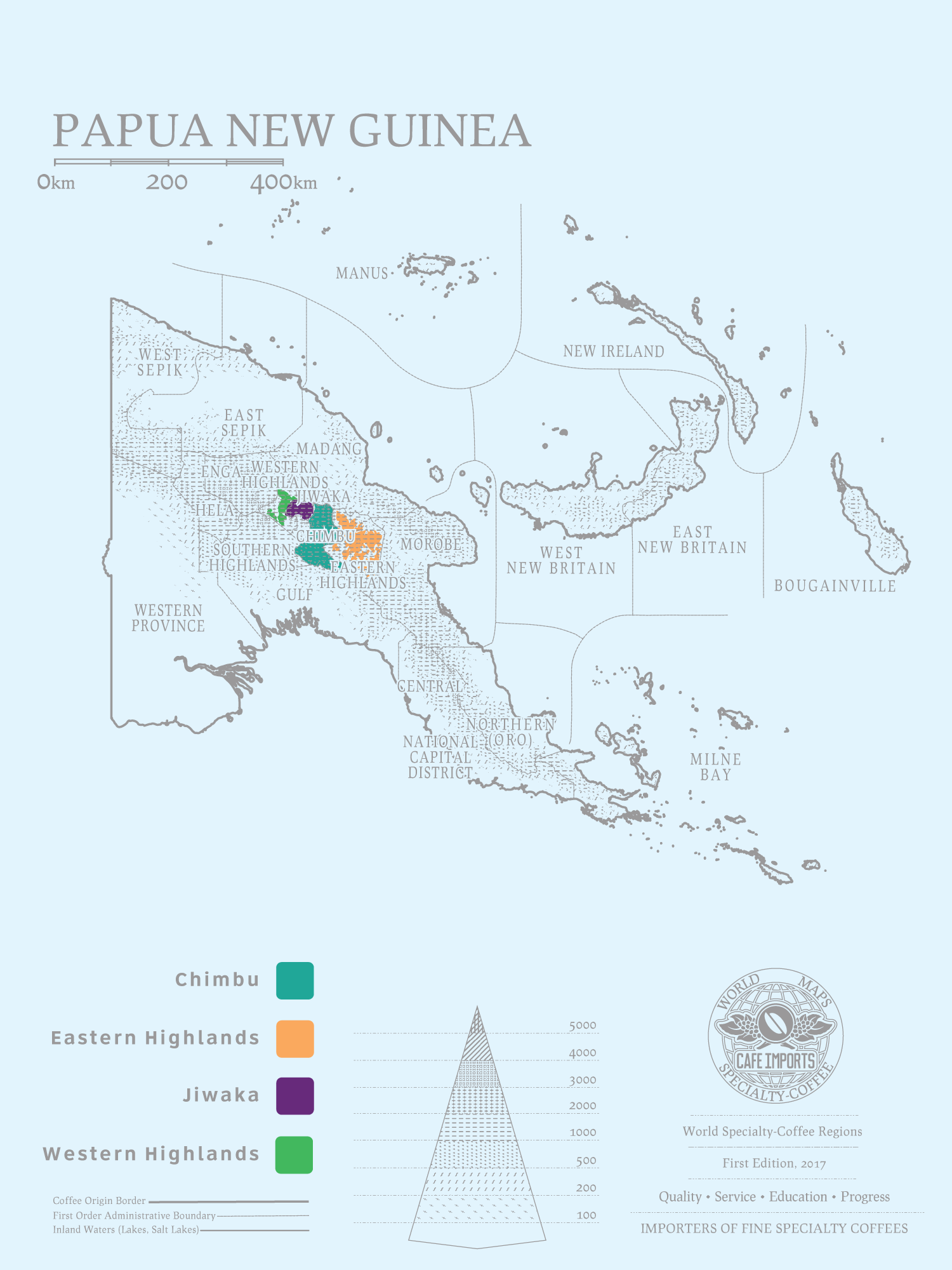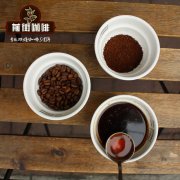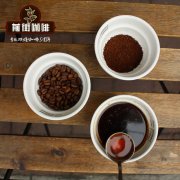Characteristics of Papua New Guinea Coffee beans introduction to Papuan Paradise Bird Coffee Bean Grade

The island of New Guinea was colonized by the Netherlands, Germany, Britain, Japan, Australia and other countries from the 18th century to the 19th century. In 1961, the western half of the island became an Indonesian dependency, while the eastern half became independent from Australia in 1975, becoming the present-day PAPUA NEW GUINEA of Papua New Guinea.
Papua New Guinea is culturally diverse, with more than 800 languages, and most highland tribes were not influenced by the West until the early 1900s. Commercial coffee was grown in 1920 after coffee seeds were imported from Jamaica (a Typica variety called the Jamaican Blue Mountains). In addition, the Arusha (Arusha) variety of this Bebe coffee is grown only in PNG.
Initially, most of the coffee in PNG was grown on 18 large plantations. But today, small farmers say 85% of the coffee in PNG is grown in the "coffee garden". These farmers live on their own farms and use coffee as a by-product. There are several to hundreds of coffee trees in their coffee garden. Papua New Guinea Coffee Industry Company (Coffee Industry Corporation) admitted that a large number of small farmer coffee has "excellent quality and excellent cupping characteristics", so it is favored by many overseas buyers.
Grading standard of coffee beans in Papua New Guinea
PNG's raw coffee beans are graded in the same way as Kenya, Tanzania, Uganda, Zimbabwe and Puerto Rico, all of which are based on the size of coffee beans. Although the size of coffee beans is not the absolute standard of flavor quality, it is a very useful reference index for coffee beans in some producing areas, where mature beans with strong growth and full shape can best show beautiful flavor. Consistent factors such as maturity and hardness and moisture content make it easier for the baking process to achieve a homogeneous and perfect flavor, so many emerging producing areas will also classify this as a way of grading.
The main export grades are as follows:
AA,A,X,PSC and Y levels. The first three are manor coffee, and the last two are smallholder coffee; PSC stands for top smallholder coffee (PREMIUM SMALLHOLDER).
In recent years, PNG has added other export grades such as organic certified and Fairtrade certified coffee. Although the quantity is very small, it is believed that the export of these coffees will also increase in the near future.
Important Notice :
前街咖啡 FrontStreet Coffee has moved to new addredd:
FrontStreet Coffee Address: 315,Donghua East Road,GuangZhou
Tel:020 38364473
- Prev

What is cowboy coffee? How can cowboy coffee taste good? Cowboy Coffee recipe sharing
Cowboy coffee is to cook coffee powder and water directly in a pot. In the early days, this was a relatively shoddy method of coffee brewing, probably because soldiers directly heated empty cans on a campfire, and the coffee charred was so bitter that it had to be sweetened or spiced to cover up its thick negative taste. However, if you can master the characteristics of this method of cooking, you can actually make good coffee.
- Next

What physical changes occur when coffee is roasted? What are the changes in the sodium metanide reaction and caramelization?
Roasting converts coffee beans from green to ripe, rich in aroma and flavor, but do you know what happens during roasting? When we roast beans, it is mainly divided into physical and chemical changes. This article is the first of two series. Let's first take a look at what happens to coffee beans during roasting. The importance of physical structure The layered structure of coffee beans for roasting out what we want
Related
- Beginners will see the "Coffee pull flower" guide!
- What is the difference between ice blog purified milk and ordinary milk coffee?
- Why is the Philippines the largest producer of crops in Liberia?
- For coffee extraction, should the fine powder be retained?
- How does extracted espresso fill pressed powder? How much strength does it take to press the powder?
- How to make jasmine cold extract coffee? Is the jasmine + latte good?
- Will this little toy really make the coffee taste better? How does Lily Drip affect coffee extraction?
- Will the action of slapping the filter cup also affect coffee extraction?
- What's the difference between powder-to-water ratio and powder-to-liquid ratio?
- What is the Ethiopian local species? What does it have to do with Heirloom native species?

